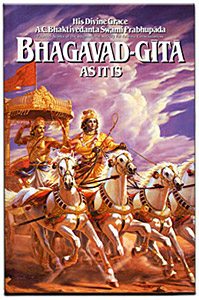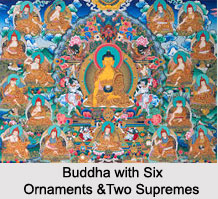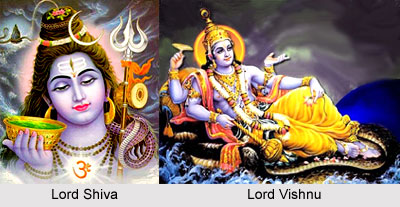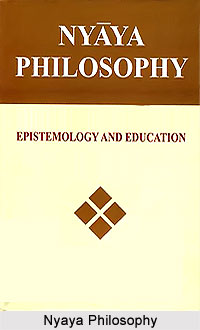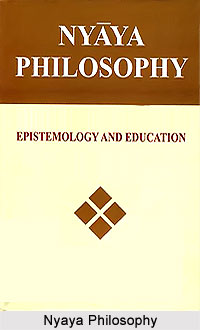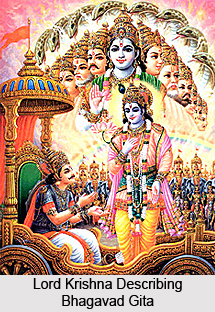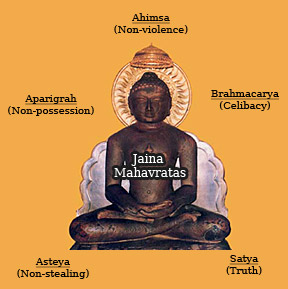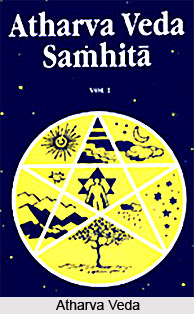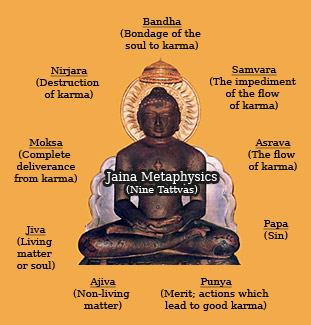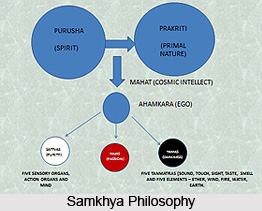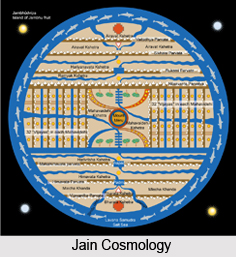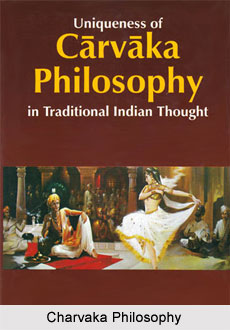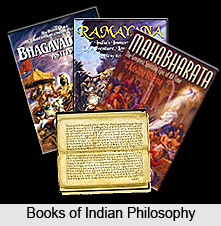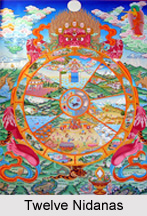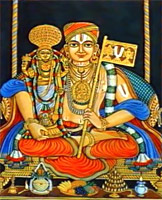Hindu legends affirm that Lopamudra was the wife of the Agastya Muni. She was an ancient Indian female philosopher. Agastya Muni and Lopamudra together were renowned for spreading the eminence of the Lalita sahasranama or the thousand names of the Divine Mother.
In the Puranas it mentioned that Lopamudra was formed by sage Agastya from the most graceful parts of different animals such as eyes of the deer. Agastya secretly introduced Lopamudra into the palace of the King of Vidarbha. She was then believed to be the daughter of the King.
Agastya made Lopamudra with the purpose of having a wife of his own choice that is after his own heart. When she grew up then Agastya demanded her hand. The king was unwilling to give his daughter in the hands of the sage, but was obliged. Lopamudra agreed to marry Agastya and left the King`s palace for his hermitage. After spending some days with him Lopamudra grew tired of Agastya`s austerity. Then she wrote a two-stanza hymn, asking for his attention and love. The hymn was read by Agastya and he realized his duties towards his wife. Agastya and Lopamudra had a son Dridhasyu, who became a poet.
The name Lopamudra signifies that the animals suffered loss (lopa) by her engrossing their distinctive beauties (Mudra). Lopamudra is also called Kaushitaki and Varaprada. A hymn in the Rigveda is attributed to her.
This article is a stub. You can enrich by adding more information to it. Send your Write Up to content@indianetzone.com


